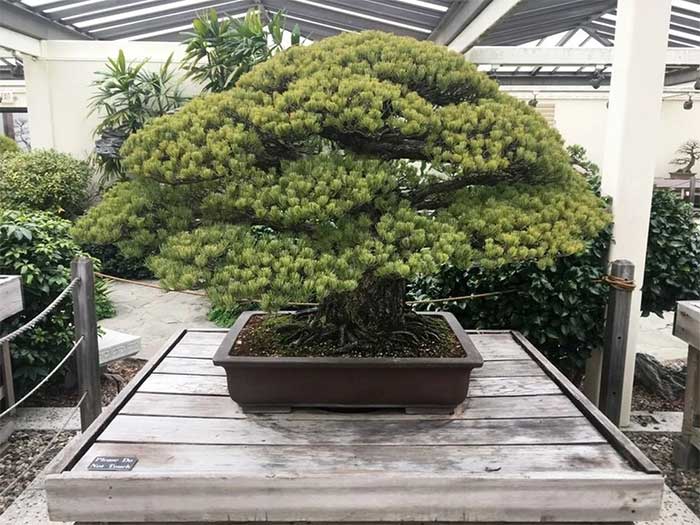The ancient Miyajima white pine bonsai tree stands as a living testament to the first atomic bomb dropped on Hiroshima, Japan.
This bonsai tree was planted in 1625 and has endured for nearly 400 years. What truly sets it apart is its resilience and survival following the aftermath of the world’s first atomic bomb, which was dropped on Hiroshima on August 6, 1945.
This centuries-old tree was gifted to the United States by bonsai master Masaru Yamaki in 1976. It symbolizes peace and goodwill between the two nations.
Yamaki and his family were respected bonsai cultivators at the time of the bombing, living just over 3 kilometers from the blast site. Despite the bomb claiming the lives of 140,000 people and devastating the city, this bonsai tree and the Yamaki family remained unharmed thanks to the high walls of their home.

Mr. Yamaki carefully tended to this bonsai tree for many years, presenting it to the U.S. as a “gift of peace.”
The remarkable history of this tree was uncovered in 2001 when Yamaki’s grandsons visited the National Bonsai & Penjing Museum in Washington, D.C.
Although the museum emphasizes the tree’s role as a symbol of friendship, visitors cannot overlook its resilience and historical significance.
People cannot help but feel a connection to the past when standing beside this living organism. They are particularly amazed by its endurance and growth in the face of adversity.
The Miyajima white pine is a magnificent sight to behold, serving not only as a beautiful bonsai but also as a monument to the strength of nature and the human spirit.


















































